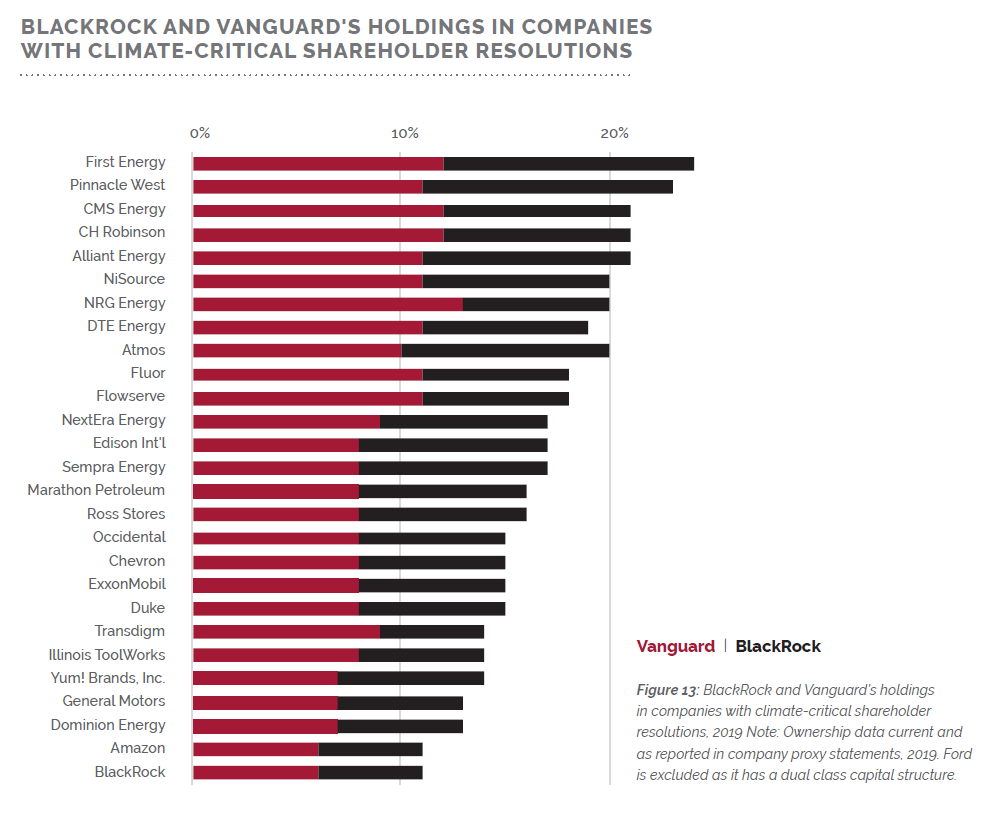Jason M. Halper is partner, Jared Stanisci is special counsel, and Sara Bussiere is an associate at Cadwalader, Wickersham & Taft LLP. This post is based on a Cadwalader memorandum by Mr. Halper, Mr. Stanisci, Ms. Bussiere, William Mills, Nathan Bull, and Audrey Curtis and is part of the Delaware law series; links to other posts in the series are available here. Related research from the Program on Corporate Governance includes M&A Contracts: Purposes, Types, Regulation, and Patterns of Practice, and Allocating Risk Through Contract: Evidence from M&A and Policy Implications (discussed on the Forum here), both by John C. Coates, IV.
The Delaware Court of Chancery’s recent decision, Genuine Parts Company v. Essendant Inc., [1] provides a helpful reminder that Delaware courts will enforce the clear and unambiguous terms of a merger agreement, and will consider contractual interpretation issues on a motion to dismiss when it finds the contractual terms to be clear and unambiguous. In Essendant, the Court denied the defendant’s motion to dismiss and found that: (i) Genuine Parts Company (“GPC”) adequately pled that the termination fee in the merger agreement was not the exclusive remedy for termination or a breach of the agreement; (ii) GPC did not waive its breach of contract claim by accepting the termination fee; and (iii) GPC pled sufficient facts to support a reasonably conceivable claim that the exclusivity provision in the merger agreement between the parties was a material term of the agreement which could be the basis for a breach of contract claim. This decision once again reinforces the need for parties to be mindful when negotiating and drafting a contract that contractual provisions reflect their understanding of the agreements they have made in the event of a breach or termination of the agreement. [2] In particular, Essendant cautions that contracting parties who want to limit recovery to the terms of the termination fee provision should carefully craft broad termination fee provisions that clearly and unambiguously state the parties’ intentions. Essendant also serves as a further reminder that a contractual party’s acceptance of a termination fee, absent specific contractual language to the contrary, will not preclude that party from pursuing a breach of contract claim. READ MORE

